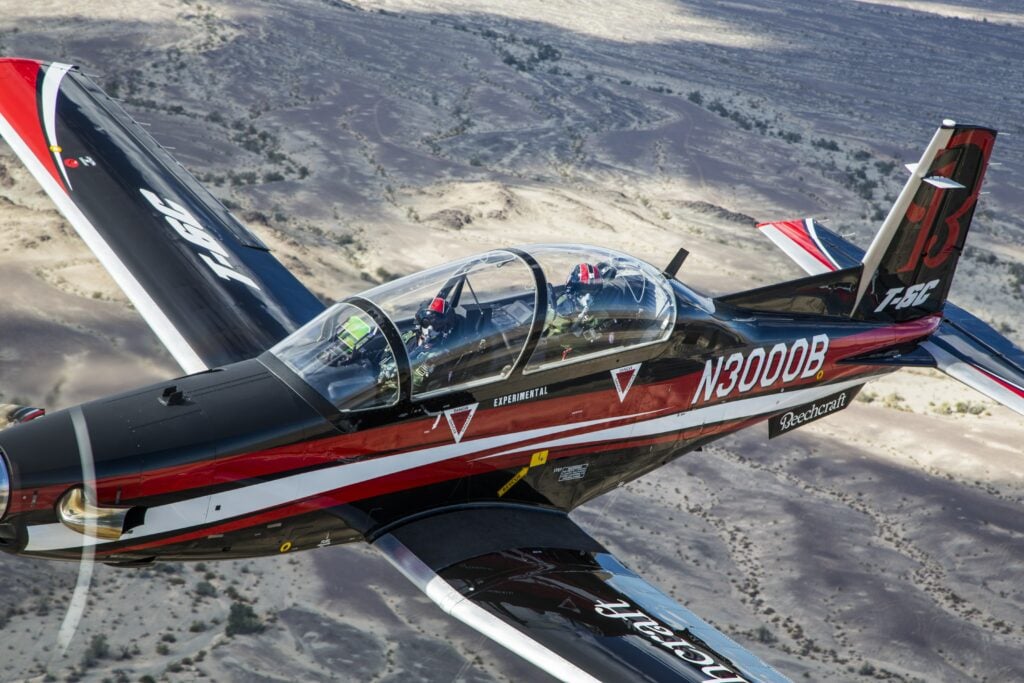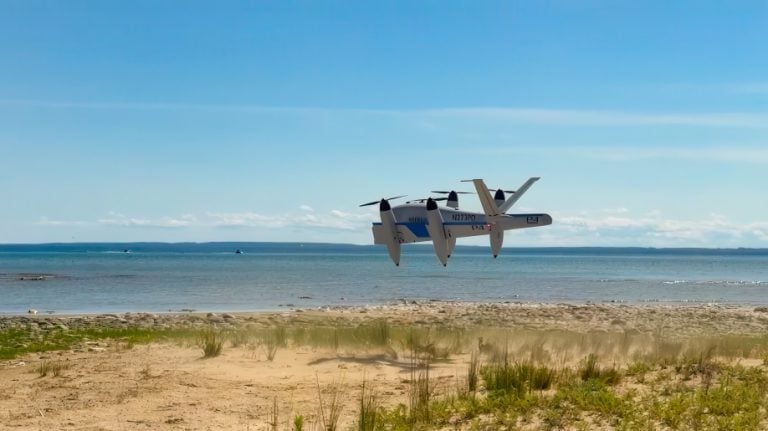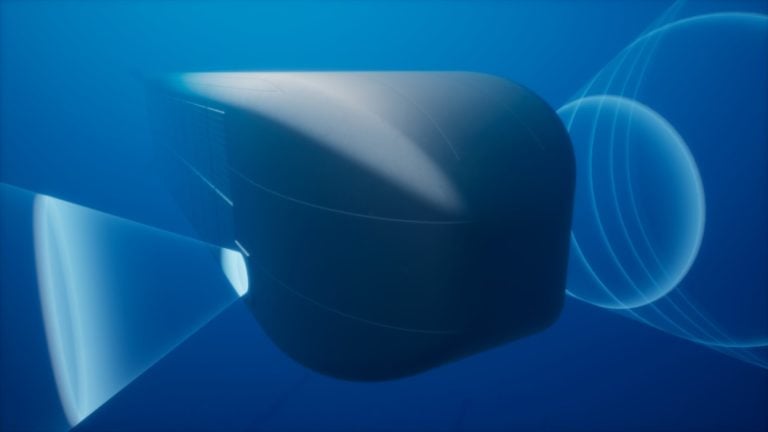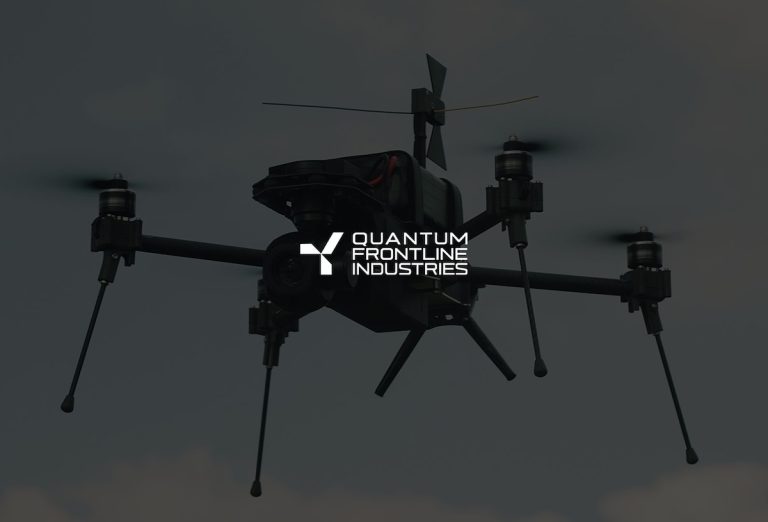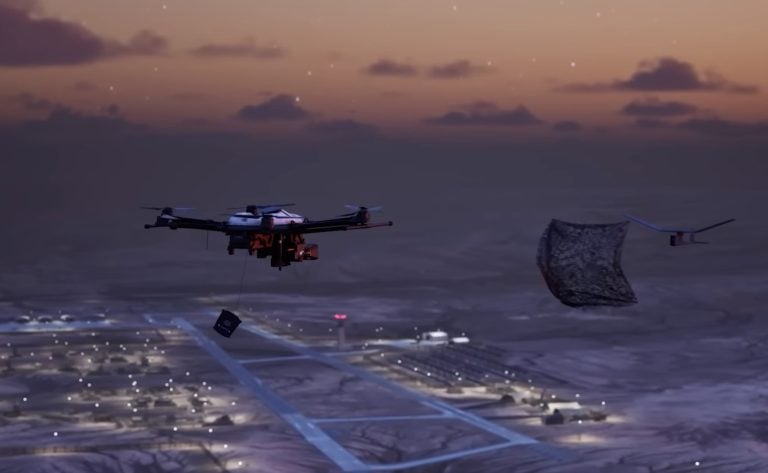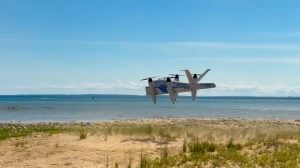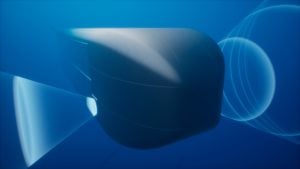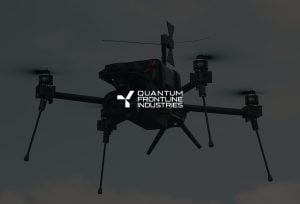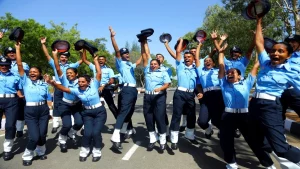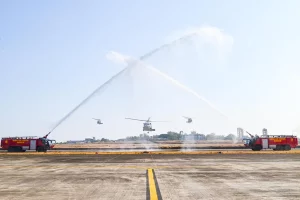The U.S. Department of Defense has awarded a substantial $2.1 billion contract to Borsight for a comprehensive upgrade of the military’s T-6A Texan II training fleet. This initiative will focus on significant avionics enhancements for both the aircraft and associated simulators, and the engagement will extend over a decade.
Borsight, a company based in Utah, will execute its duties at multiple U.S. Air Force and Navy bases located in Texas, Oklahoma, and Florida. The T-6A Texan II serves as a vital component in the Joint Primary Pilot Training program, which is designed to equip Joint Primary Pilot Training students with foundational flying skills commonly required by U.S. Air Force and Navy pilots.
Manufactured by Textron Aviation, the Beechcraft T-6A Texan II is a single-engine, two-seat trainer, specifically designed for academic flight training. It measures 33 feet (10 meters) in length and features a wingspan that is closely comparable, allowing for practical instructor-student interactions during live flight scenarios.
The aircraft is capable of being armed with NATO-standard weapons and offers precision capabilities, onboard virtual training solutions, and a digital terrain elevation system, enhancing its utility in a range of training scenarios. Powering the T-6A is a four-bladed Hartzell propeller alongside a Pratt & Whitney Canada PT6A turboprop engine that provides 1,100 horsepower.
With a maximum speed of 280 knots (322 miles per hour or 519 kilometers per hour) and an operational altitude of 31,000 feet (9,144 meters), the T-6A boasts an impressive range of 900 nautical miles (1,036 miles or 1,667 kilometers). Its advanced features and configurations position it as a crucial tool in preparing the next generation of military aviators for a variety of airborne roles, including basic mobility, command and control, special operations, as well as intelligence, surveillance, and reconnaissance missions.
This investment underscores the Department of Defense’s commitment to enhancing pilot training capabilities and ensuring that U.S. forces are optimally equipped for their critical missions.
